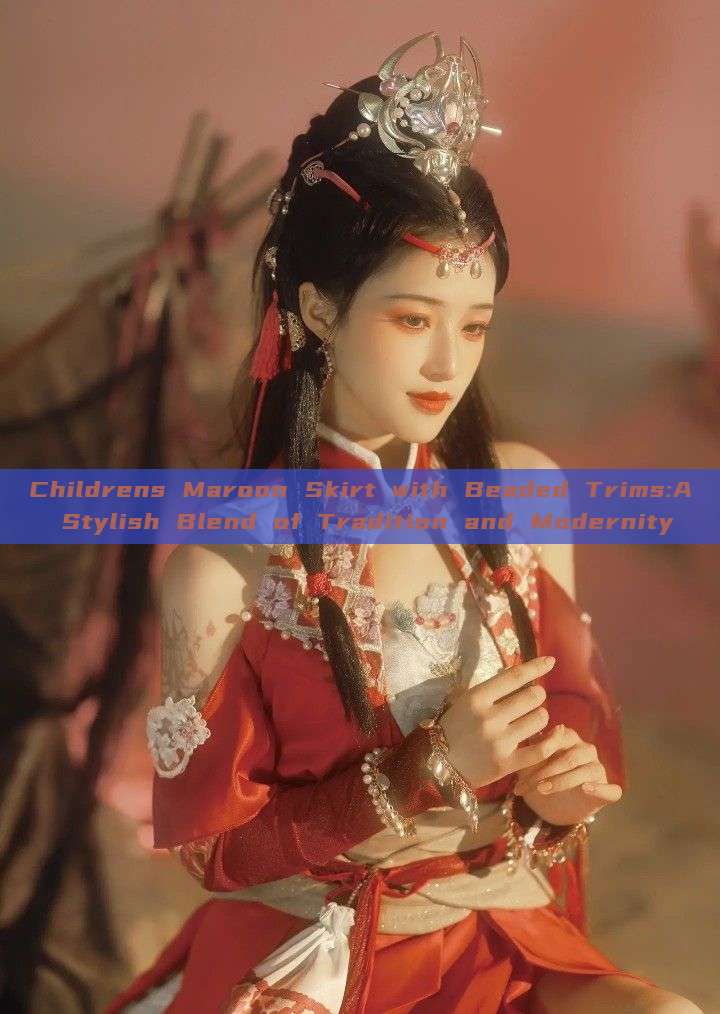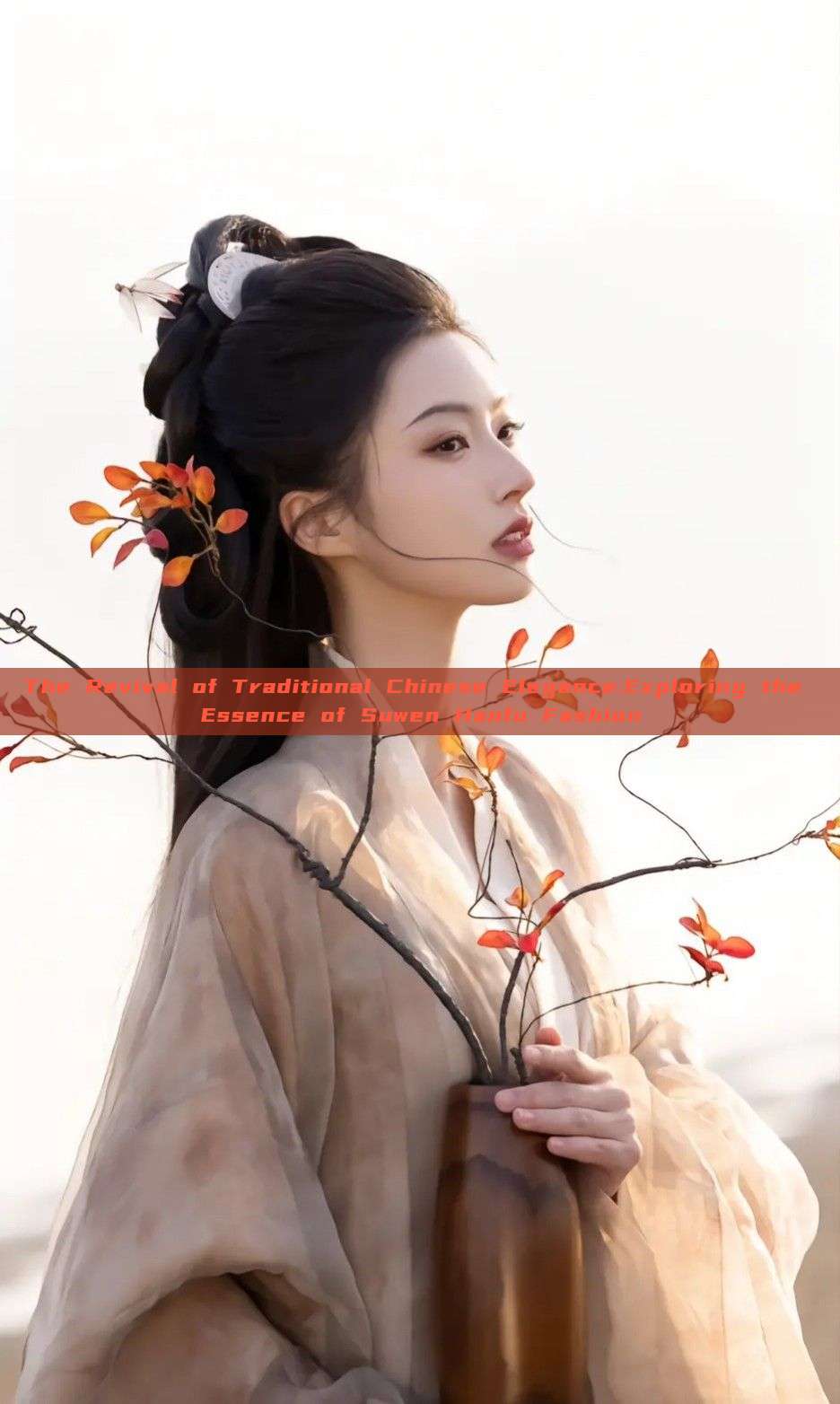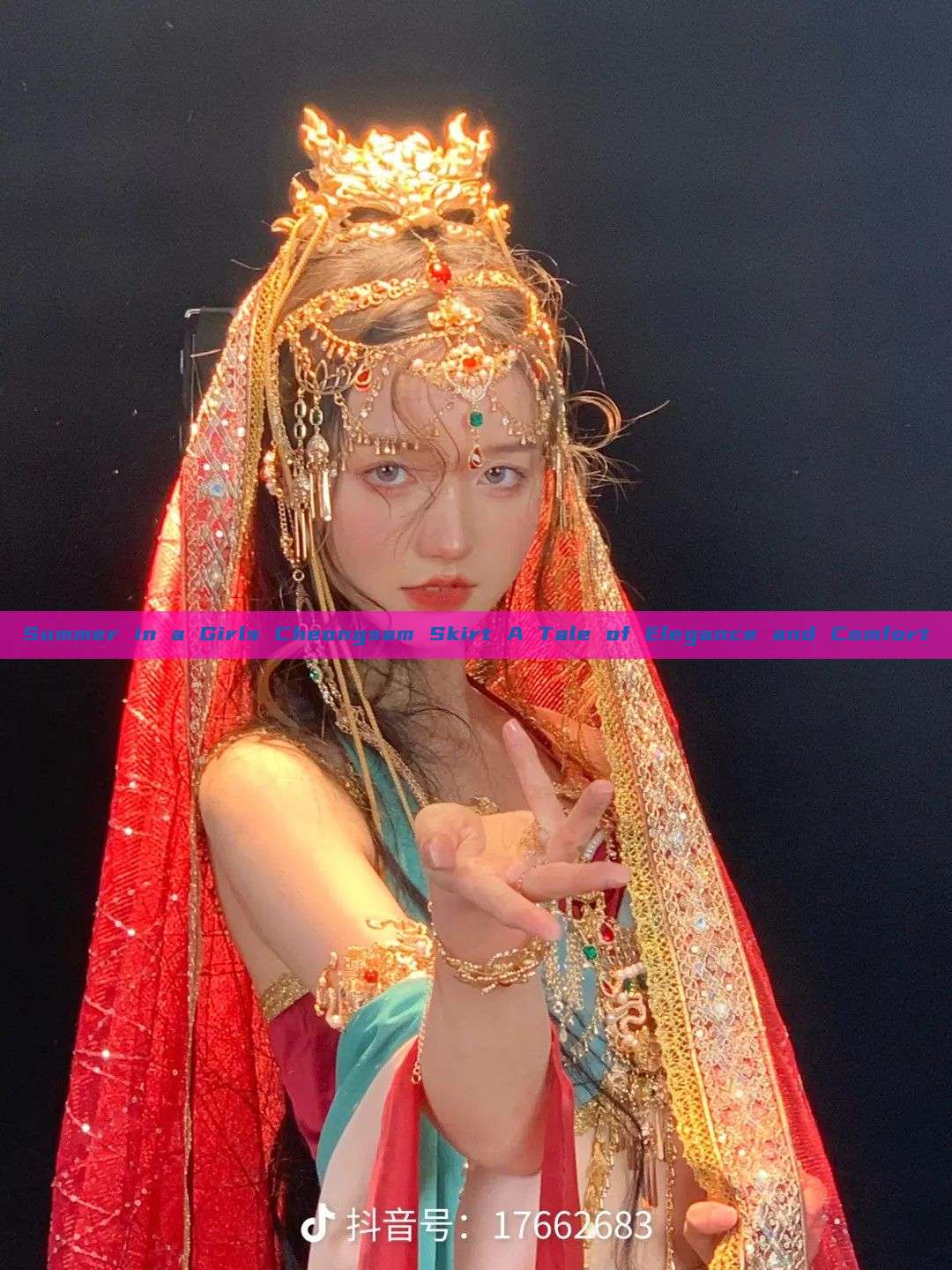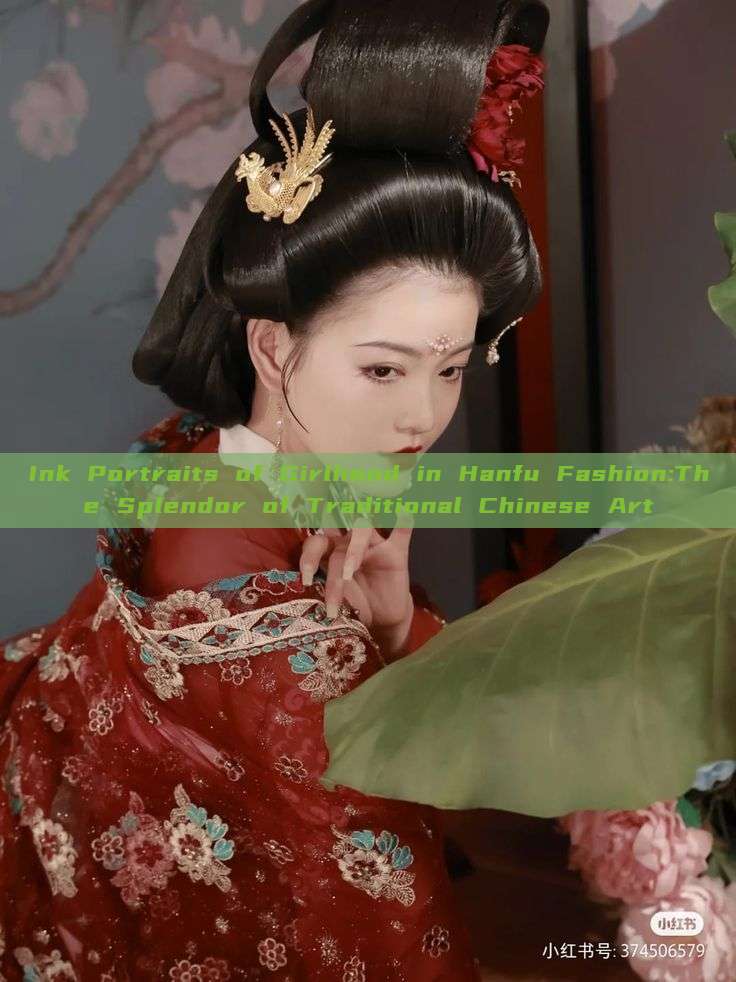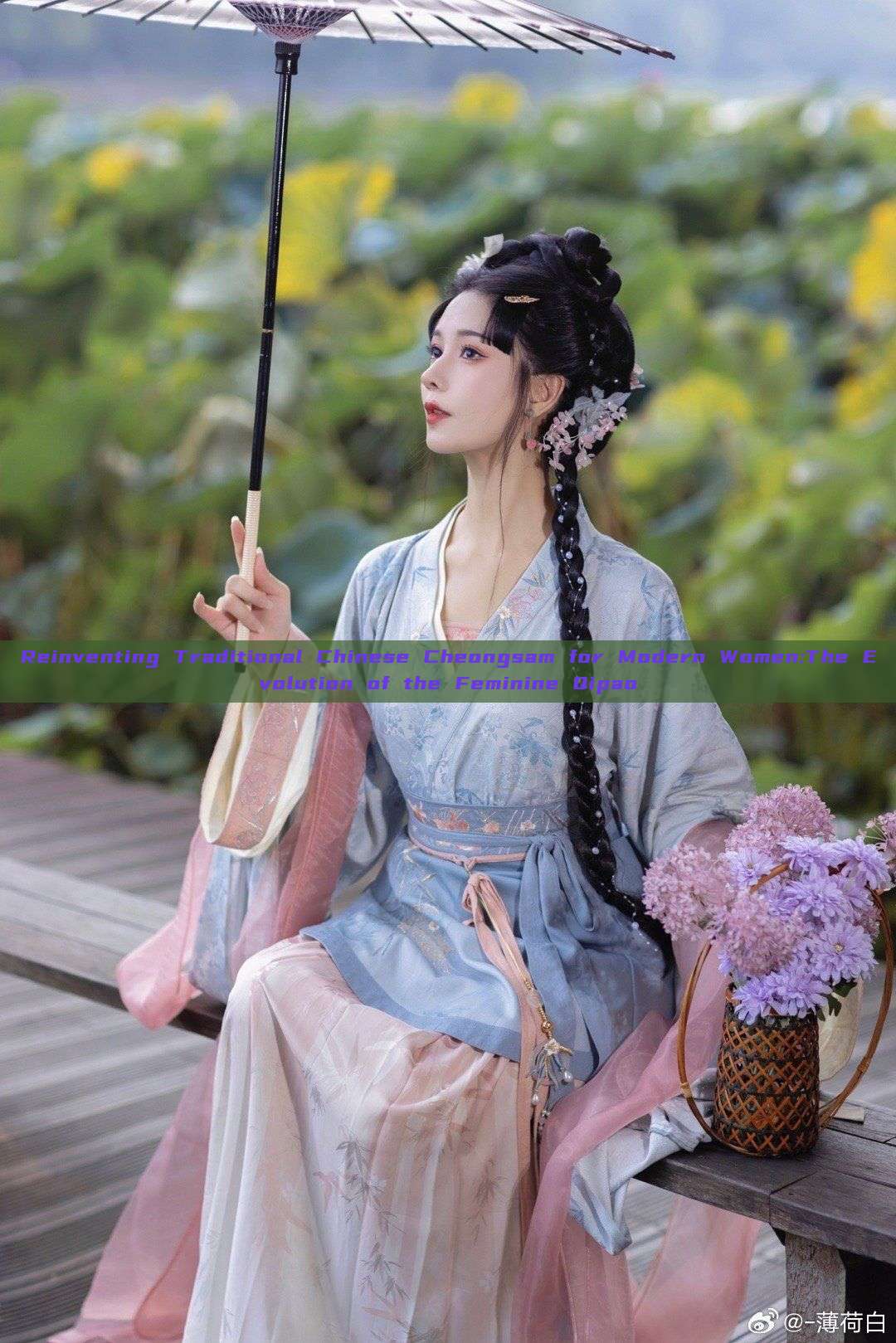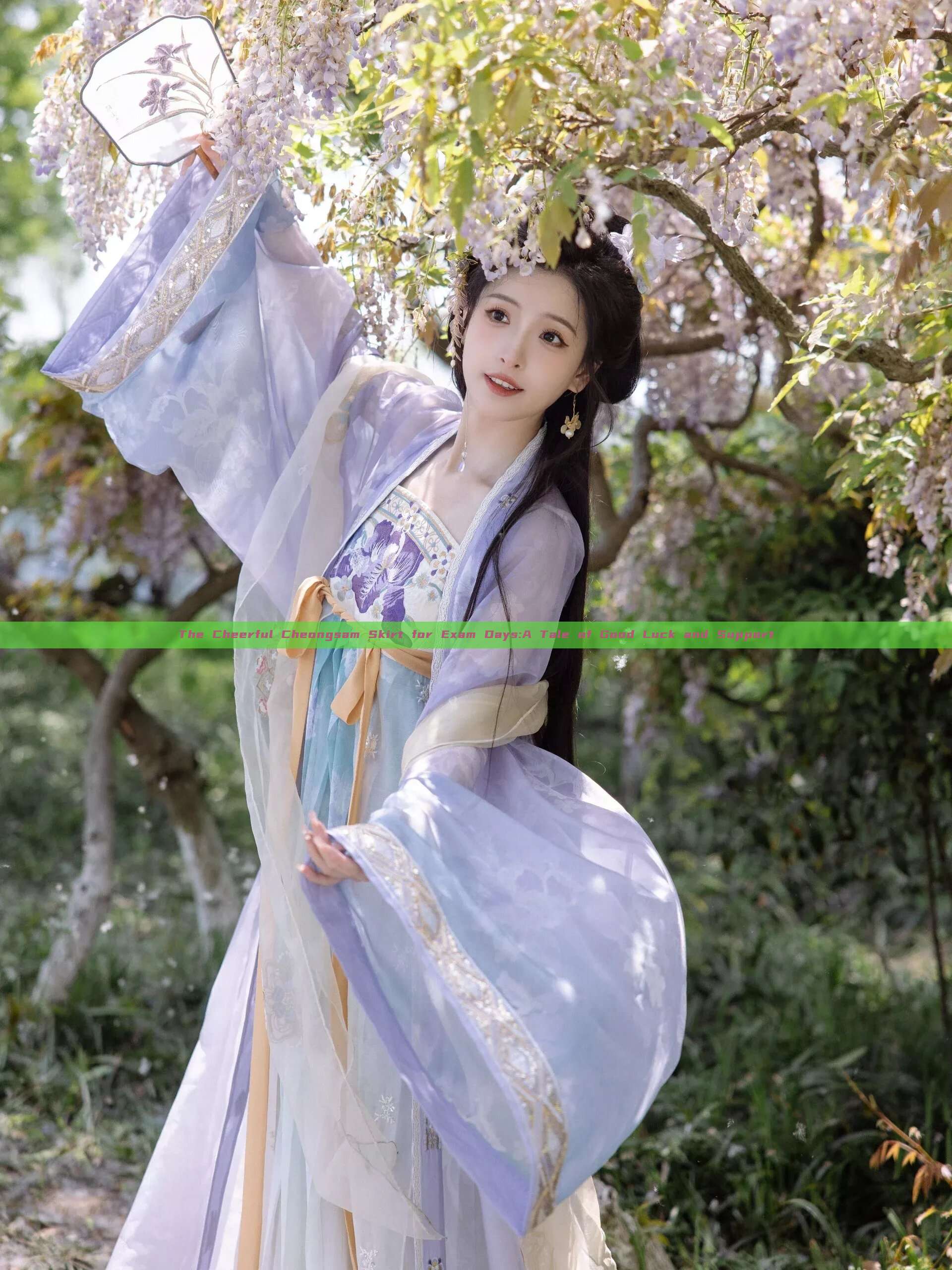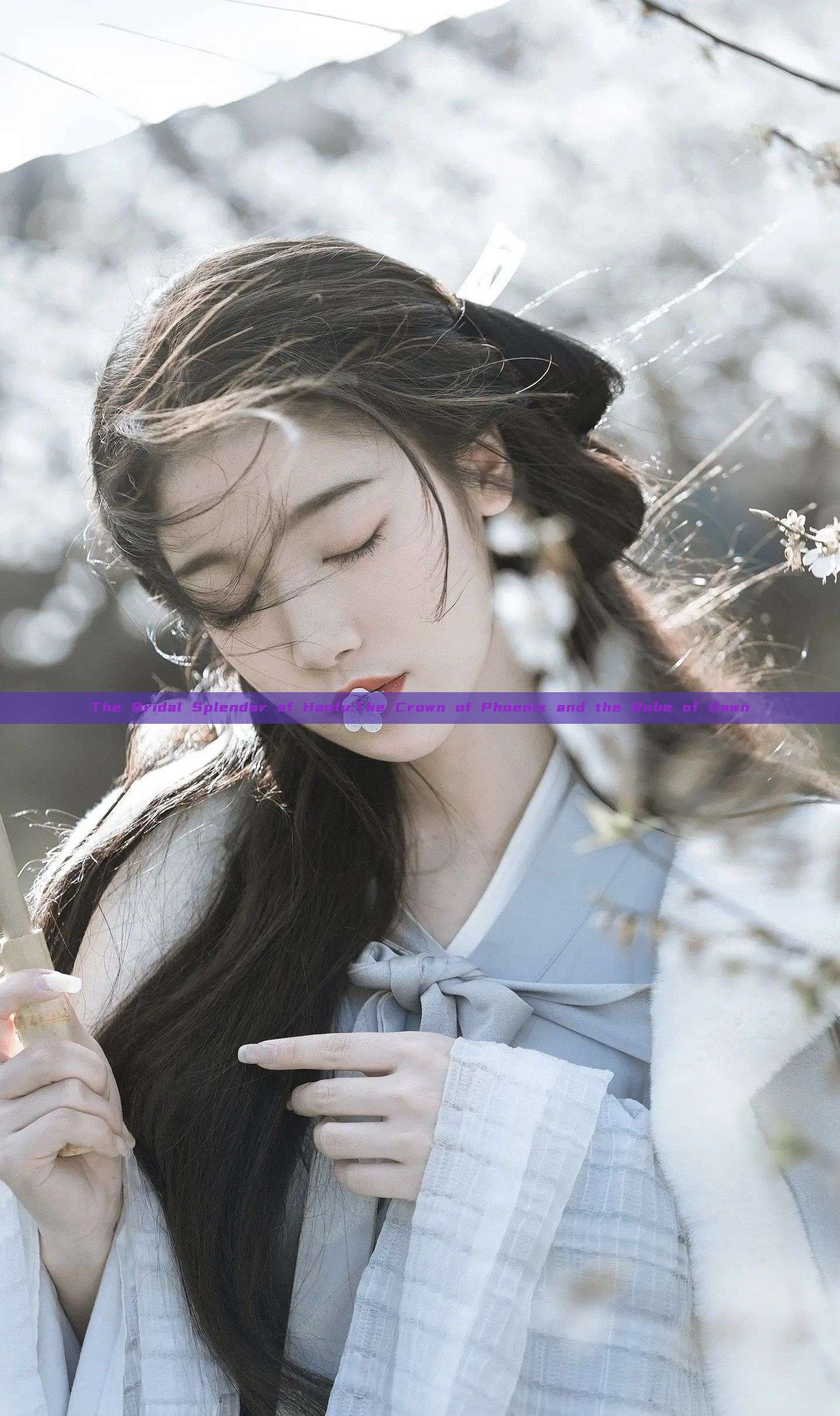The cheongsam, a traditional dress of China, has a rich history and intricate craftsmanship that is reflected in its fabric. The material used in the making of a cheongsam not only contributes to its beauty but also plays a crucial role in its durability and wearer's comfort.
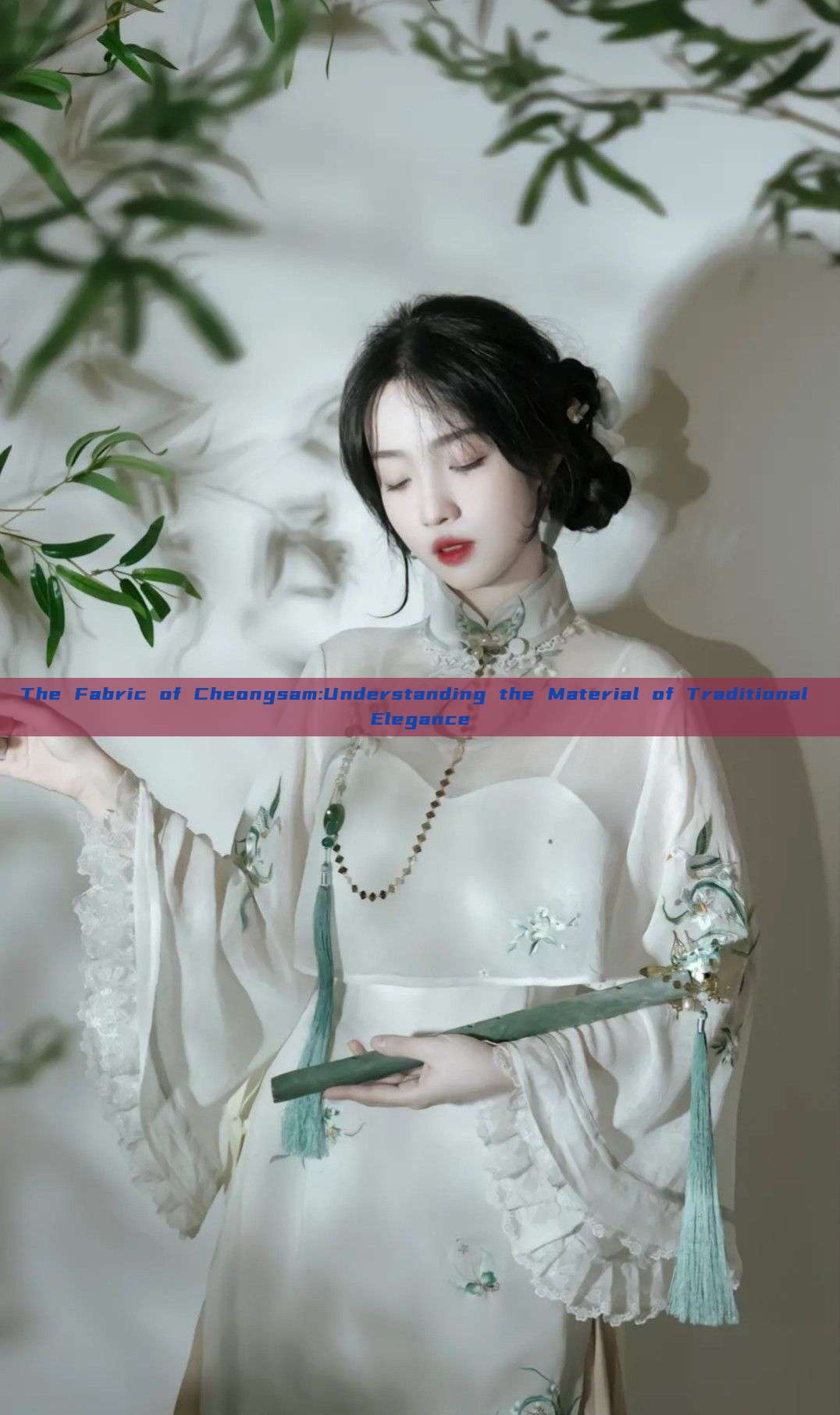
The choice of fabric for a cheongsam is vast and diverse, ranging from natural fibers to synthetic materials. The most commonly used fabrics for cheongsam are silk, cotton, and synthetic blends. Each fabric has its own unique characteristics and is chosen based on the intended use and wearer's preferences.
Silk: Silk is the most traditional and luxurious fabric used in the making of cheongsam. It is highly prized for its softness, elegance, and natural shine. Silk cheongsam is often associated with formal occasions and traditional events. The different types of silk such as reeled silk, spun silk, and embroidered silk are used to create cheongsam of different styles and designs.
Cotton: Cotton is a more affordable and comfortable alternative to silk for everyday wear cheongsam. It is sturdy, breathable, and easy to maintain. Cotton cheongsam is often chosen for its versatility and ability to adapt to different weather conditions. It is also commonly used in the making of casual and street-style cheongsam.
Synthetic Blends: To cater to the demand for affordable yet stylish cheongsam, synthetic blends have become popular choices. These fabrics are created by combining natural fibers with synthetic materials to produce a durable and comfortable fabric. Synthetic blends are often chosen for their affordability, easy maintenance, and resistance to wrinkles. They are perfect for everyday wear and casual occasions.
The quality of the fabric is an important factor to consider when purchasing a cheongsam. The texture of the fabric should be smooth and free from defects. The weave should be tight and even to ensure durability. The fabric should also be properly prepared and processed to ensure its longevity and resistance to wear and tear.
In addition to the type of fabric, the pattern and design of the cheongsam are also influenced by the fabric choice. Different fabrics lend themselves to different patterns and designs. For instance, silk fabrics are often used in intricate embroidery and designs while cotton fabrics are more suitable for simple patterns and designs.
The care and maintenance of a cheongsam are also closely related to its fabric. Proper care instructions should be followed to ensure the longevity of the garment. Silk cheongsam requires delicate care such as dry cleaning or hand washing while cotton and synthetic blends are more resilient and can be washed with regular laundry products.
In conclusion, the fabric of a cheongsam is an integral part of its beauty and elegance. Understanding the different types of fabrics used in the making of a cheongsam will help you make an informed choice when purchasing one. From silk to cotton and synthetic blends, each fabric offers its own unique qualities and characteristics that contribute to the overall look, feel, and wearability of the cheongsam.
Moreover, it is important to consider the quality of the fabric, its pattern and design, as well as the care and maintenance required when purchasing a cheongsam. With proper knowledge and understanding of the fabric used, you can make a wise choice that will not only last but also bring out the true essence of traditional Chinese elegance. Cheongsam, with its rich history and intricate craftsmanship, continues to evolve with time, incorporating modern elements while maintaining its traditional values and elegance.

